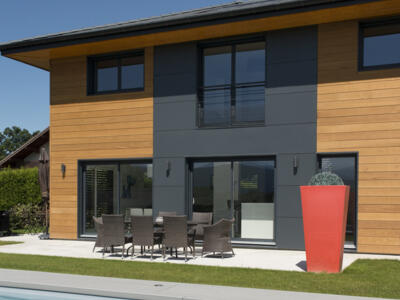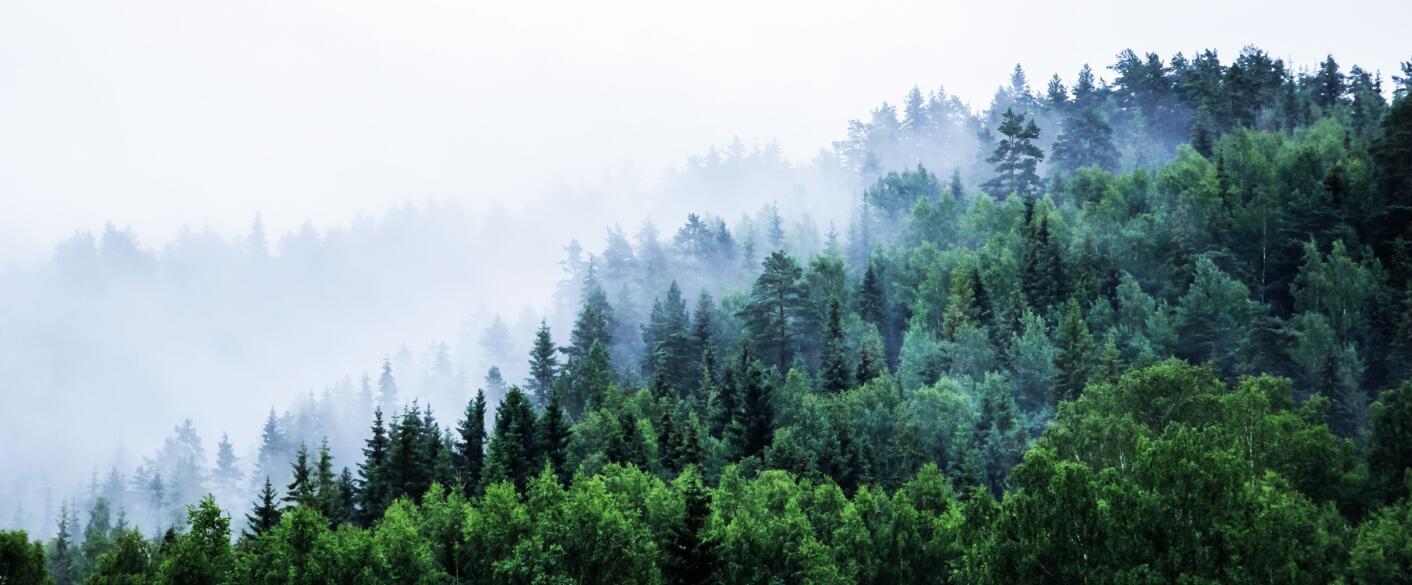Terraces, cladding, timber frames - wood is used in a wide range of architectural projects. This living material, renowned for its environmental and aesthetic properties, requires a number of transformations on the part of manufacturers. From the selection of species to the finished product, a whole chain of processing stages is involved. More and more manufacturers, like Sivalbp, are taking a demanding quality approach and cultivating a commitment to eco-responsible wood processing in their various transformation processes.
The aim of processing is to improve and strengthen the inherent properties of wood. The aim is to obtain a high-quality, hard-wearing finished product (boards for cladding, decking and panelling). In-depth transformation is necessary for certain species, in particular certain softwoods. A selection of "sustainable" species for eco-responsible wood processing.
Our commitment to eco-responsible wood processing begins with our choice of species from certified forests, most of which are European. Their rational exploitation respects the ecological balance by guaranteeing effective renewal. Reforestation and felling are carried out with respect for the forest's life cycle. Selecting 'sustainable' timber species that are naturally rot-proof, such as larch, sapwood-free Douglas fir or western red cedar, contributes to forest preservation and helps to combat the massive deforestation of tropical forests. The PEFC (Programme for the Endorsement of Forest Certification schemes) and FSC (Forest Stewardship Council) certifications attest to the sustainable management of forests.
A reduced environmental footprint
As part of the Kyoto Protocol, the French government and wood industry professionals have undertaken to increase the volume of wood used in construction in order to renew the vitality of forests. The use of treated wood, which is controlled and regulated, is respectful of people and the environment. To ensure that the environmental footprint of buildings is kept to a minimum, a number of criteria need to be taken into account: forest certification of the timber, life-cycle analysis of the products and processes used, the amount of waste produced, and the suitability of the products for end-of-life processing or recycling. The processes used to transform wood must also be environmentally friendly, from drying to the finishing line, including steaming and finger-jointing.
The stages of transformation
Before any processing, the wood has to be dried to remove some of its moisture. Steaming and thermostabilisation aim to improve the intrinsic properties of each species. After drying, steaming or thermostabilisation, the wood passes through an automated sorting line to identify any anomalies (cracks, knots, etc.) that can be removed, in particular by finger-jointing. Profiling gives the board its final shape for its intended use. Brushing and sanding prepare the surface of the board before moving on to the finishing line for finished interior or exterior cladding.
Sivalbp, a voluntary commitment to eco-responsible wood processing
In terms of transformation processes, Sivalbp is setting an example with a 100% eco-responsible site, eco-designed for energy autonomy. 100% of the energy needs of the Sivalbp production site are met by renewable energies: hydroelectric power, rainwater recovery, boiler feed from wood chips and offcuts, operation of thermal processes using the boiler.
As part of its commitment to eco-responsible wood processing, Sivalbp does not use autoclave products (a chemical process also known as CL3 green, brown or grey preservation). Since its creation, it has adopted an eco-responsible alternative by using naturally sustainable species or by thermally transforming the wood using its own thermostabilisation, drying and steaming equipment, which does not use any chemical or petroleum-based additives. What's more, the finishing line is environmentally friendly, using only water-based, solvent-free finishes.








